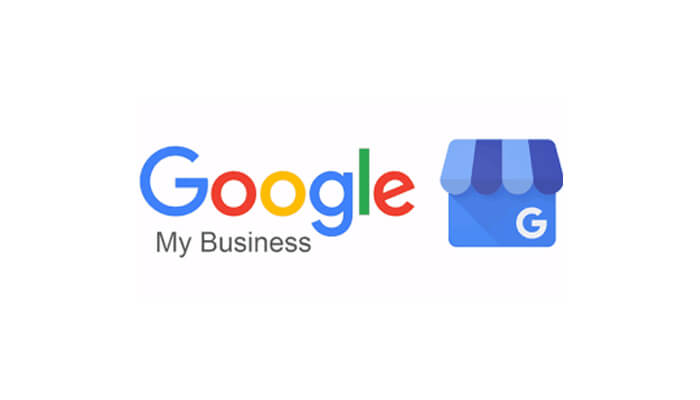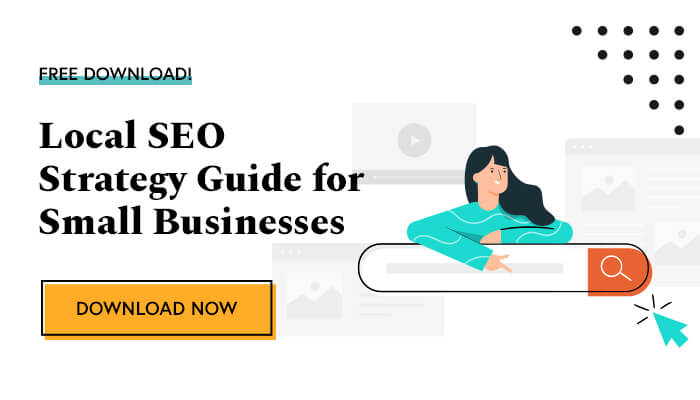Given the rapidly increasing popularity of mobile search, local SEO is important now more than ever. In fact, 46% of all searches on Google have local intent (think “coffee shop near me”), and 89% of people search for a local business on their smartphone at least once a week. If your business isn’t optimized for local search, you’re most likely missing out on potential customers.
So, how do you optimize your business for local search? See our tips below for how to optimize your business for local SEO and reach potential customers.
What is Local SEO?
Local SEO (Local Search Engine Optimization), or local search marketing, is an effective way for brick-and-mortar businesses to promote their products & services to local customers by increasing their local search visibility. Local search engine optimization requires a strategic approach, distinct from general SEO, and can be achieved through a variety of methods. Although there is some overlap between local SEO and general SEO, local SEO strategy additionally utilizes local SEO tools and local search marketing services.
Local SEO Tips

1. Optimize for Google My Business Page
Google My Business is a free tool that allows businesses to create and manage their business listing on Google. Google will reward your business with a space in Google local search if it can verify your business. Once you’ve added your information, your business profile will also be able to appear in the Google Search Knowledge Panel and Google Maps.
What to include on your Google My Business profile:
- Accurate and up-to-date information
- Your logo
- Hours of operation
- Acceptable payment methods
- Your product or service
- Plenty of images!
For more reasons on why it’s so important to set up your Google My Business Page, check out this blog post.
2. Add posts to Google My Business and engage on your social media channels
Although social media is not a direct Google ranking factor, there is a high correlation between social signals and ranking position. This is because engaging on social media channels indirectly impacts your rankings by providing increased visibility for your content. So, make sure to add posts to your Google My Business page and share them on your social channels.

3. Get Regular Reviews
Having your customers, especially satisfied ones, write reviews for your business will optimize your Google My Business presence and will encourage other people to buy from you. In fact, positive reviews make 91% of consumers more likely to use your business.
Here are some tips to encourage your customers to write a review:
- Ask them in person after the close of a sale.
- Send a post-purchase email or text asking them to write a review. Make sure to screen them via an internal survey prior to ensure you aren’t approaching a dissatisfied customer.
- Respond to existing reviews by thanking them and professionally addressing negative reviews.
- Incentivize existing customers by offering something in exchange for their time (such as a discount or gift card).
- Include detailed instructions on your website on exactly how to review your business.
For more information on how to get more positive reviews for your business, check out this blog post.
4. Create local content
Writing general blog content will attract a wide audience across your industry, but honing in on content with local industry news will help you find a more targeted audience. Establish yourself as the local authority for your industry by writing blog posts about local news, charities, events and educational content to attract a local audience.
5. Optimize Your Meta Data
Optimize your content by adding high-volume keywords to the URL, title, header, meta description and body. Include the name of the city and your product or service if you want to focus on optimizing for local SEO.
6. Get inbound links with relevance and authority.
One powerful way to boost your local SEO is by having inbound links to your site from relevant, authoritative websites. This can include local newspapers, bloggers and business associations. Inbound links can help increase your domain authority and signals to Google’s local search algorithm that your business is a trusted source. Some ways to get inbound links include guest blogging, sponsorships, and partnerships with reputable businesses in your industry.
7. Create a page for every product or service and location
If you have multiple brick and mortar locations, create a page for each location. Location pages provide readers with useful information such as your name, address, phone number, store hours, parking information, promotions and testimonials. For single location businesses, focus on creating a locally descriptive About Us page, and be sure to include a Google Map of your location.
The same goes for your products & services. Rather than having a singular Our Services page with a list of what you offer, create a page for each product or service offering. This will create a clear sitemap for search engines to follow, helps your page to rank for a specific product or service, and increase the likelihood of ranking locally.

8. Optimize your website for mobile
Local search and mobile search tend to go hand-in-hand. People will conduct mobile searches to look up reviews of your business, find directions to your location, or search for your business contact information.
Here are some tips for making your website more mobile-friendly:
- Make sure your website loads quickly (no more than 3 seconds!)
- Use bigger fonts that are easy to read
- Avoid using too many images and too much text; convey only the information you need
- Ensure intuitive user interface for great user experience
9. Update NAP citations on your website.
NAP stands for Name, Address and Phone Number. Make sure that your full NAP is on each page of your website (usually in the site header or footer) and is consistent with what’s listed in your Google My Business. As mentioned above, if you have multiple locations, it’s important to create a web page for each location, and then apply their respective NAP information.
10. Take Advantage of Online Business Directories
Another great way to optimize for local SEO is through local directory listings as it will give your business visibility. This can be time consuming, so you may want to consider using automation tools to help speed up the process. The key is to make sure they are exactly the same across directories. You’ll need to minimize discrepancies like misspellings, typos, and abbreviations.
Your listing should include the following:
- Business name, address, and phone number
- A backlink to your website
- A description of your business

Final Thoughts
Local SEO is an important part of any SEO strategy for small businesses, particularly those with a brick and mortar storefront. Local SEO helps put your business in front of your target audience as they search online. The return on investment for generating an effective local SEO strategy is high. So, what are you waiting for?




